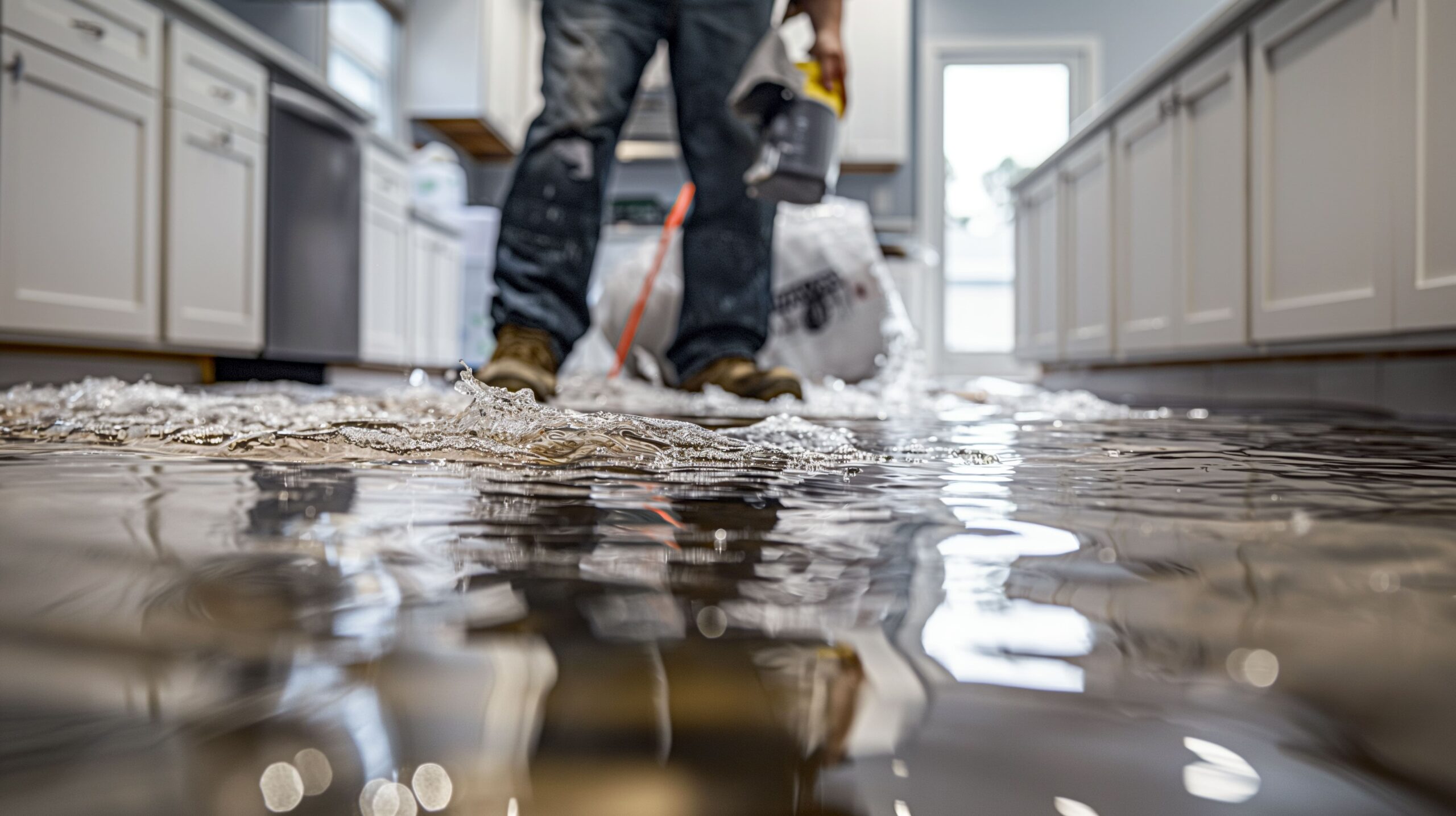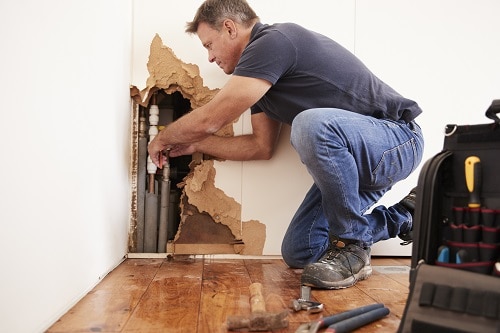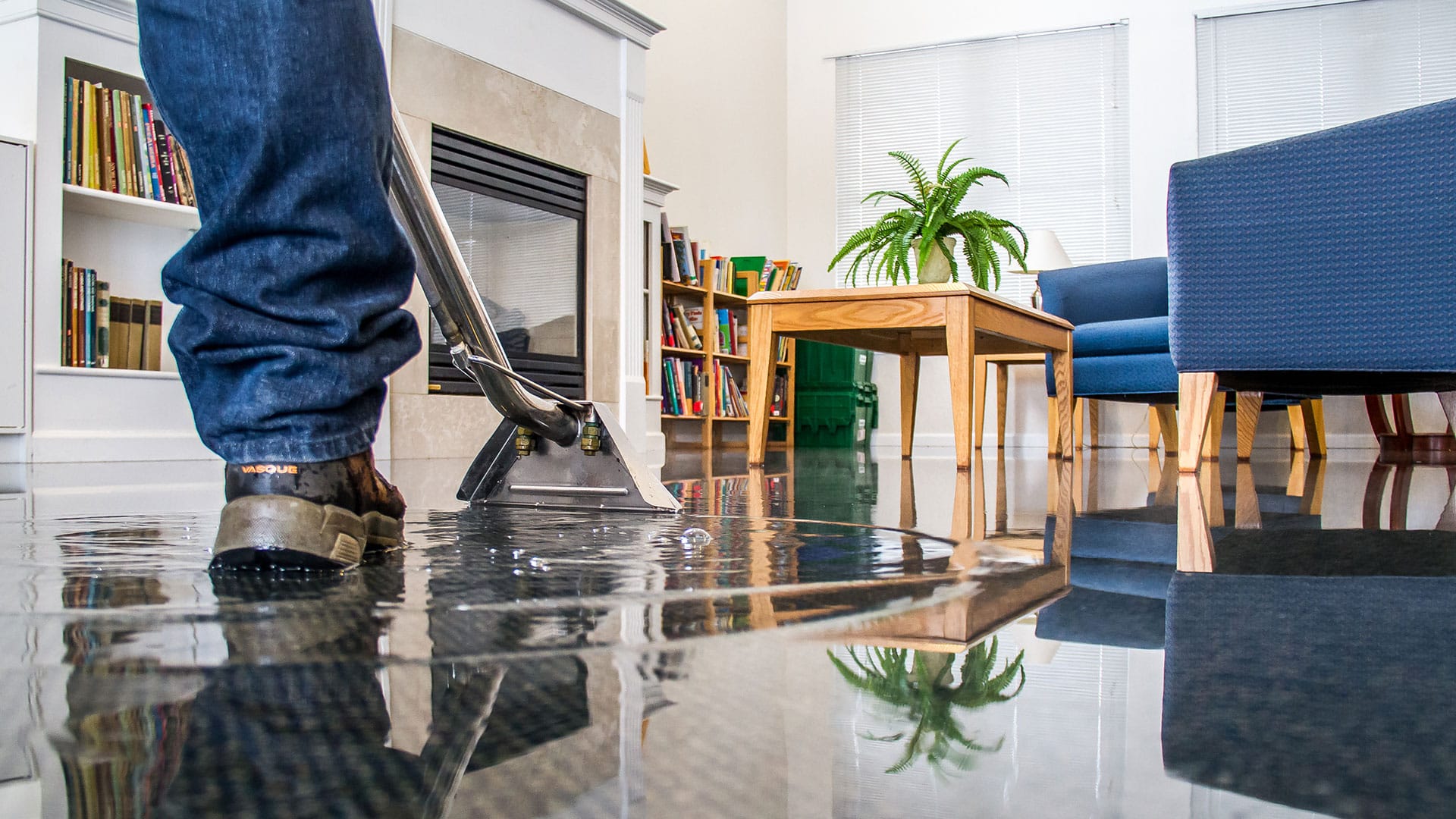How Flood Cleanup Services restore your property after severe water damage
Water Damage Restoration 101: Comprehending the Process and Expense
Water damage can strike all of a sudden, leaving home owners in a state of confusion. Understanding the restoration process is vital for effective recovery. From assessing the damage to selecting the best provider, each step affects the overall outcome and cost. Variables such as the kind of water damage and urgency also play a substantial duty. What are the specific strategies utilized in reconstruction, and exactly how can one prepare for potential costs?
Kinds Of Water Damage
Water damage can arise from different sources, each presenting one-of-a-kind difficulties for remediation. The 3 primary kinds of water damage are categorized based upon contamination degrees: tidy water, grey water, and black water. Tidy water stems from sources like busted pipelines or rainwater, positioning very little wellness risks. Gray water, which includes wastewater from sinks or cleaning makers, consists of pollutants that may create pain or disease if consumed. Black water, one of the most dangerous category, originates from sewage or floodwaters, containing harmful microorganisms and microorganisms. Each kind requires specific reconstruction methods and safety actions to properly attend to the damage and reduce health risks. Recognizing these distinctions is important for house owners and specialists entailed in the water damage remediation procedure.
Initial Evaluation and Examination
An extensive first analysis and evaluation are crucial action in the water damage reconstruction procedure. This stage begins with a professional assessing the degree of the damage, determining the source of the water breach, and establishing the type of water involved - Water Damage Restoration. Service technicians use customized tools to gauge dampness degrees in different materials, such as walls, floors, and furniture. Additionally, they evaluate structural stability and prospective carcinogen, consisting of mold and mildew development. The searchings for from this examination educate the repair plan, directing necessary activities and source allowance. Accurate paperwork of the damage is essential for insurance policy cases and future recommendation. In general, this initial analysis lays the foundation for efficient repair, making certain a thorough action to the particular situation available

Water Removal Strategies
Following the preliminary evaluation, effective water extraction techniques are used to mitigate damage and avoid further concerns. These strategies include making use of customized tools such as completely submersible pumps and industrial-grade vacuums. The choice of technique depends on the quantity of water present and the type of products influenced. For standing water, submersible pumps are normally used for fast elimination, while vacuums are excellent for removing water from rugs and furniture. In addition, progressed methods like water removal mats may be used for hard-to-reach locations. The goal is to remove as much water as possible, lessening the possibility for mold growth and architectural damage. Prompt and effective water removal is important in the total water damage repair procedure.
Drying and Dehumidification Process
As soon as the water extraction is total, the drying out and dehumidification procedure becomes vital to bring back the affected area. This stage commonly employs industrial-grade dehumidifiers and air movers to successfully lower moisture levels. The dehumidifiers pull in damp air, getting rid of excess moisture, while air movers circulate air to accelerate dissipation. Surveillance devices is often made use of to track humidity and temperature level levels, making certain optimal drying out problems. The period of this procedure can differ relying on the level of the water damage and ecological factors. It is vital to thoroughly dry all impacted materials, consisting of walls, flooring, and furnishings, to stop mold growth and architectural damage. Proper execution of this step is crucial for an effective reconstruction result.
Cleaning and Sanitizing Afflicted Locations

First Evaluation and Inspection
Prior to beginning any kind of remediation initiatives, a thorough preliminary assessment and assessment of the affected locations are vital for effective cleansing and sanitizing. This procedure involves determining the level of water damage, figuring out the resource of the water intrusion, and reviewing the materials impacted. Assessors generally look for signs of mold and mildew growth, architectural honesty issues, and harmed belongings. The evaluation likewise consists of checking wetness degrees using specific tools to assure no covert water pockets stay, as these can bring about additional difficulties. Documenting the searchings for is important for preparing the next steps in the reconstruction process. A detailed preliminary analysis allows restoration professionals to develop a targeted method for effective cleansing and disinfecting, eventually lessening damage and wellness threats.
Cleansing Strategies and Products
Reliable cleansing and disinfecting of water-damaged locations call for a variety of methods and products tailored to the particular materials affected. For permeable surface areas like drywall and carpets, removal techniques are essential to eliminate excess wetness, adhered to by deep cleansing with specialized cleaning agents. Non-porous products such as floor tile or steel can be cleansed using commercial-grade cleaners that successfully get rid of impurities. Vapor cleansing is one more effective technique, specifically for carpets and upholstery, as it makes use of heats to remove germs and mold. Additionally, eco-friendly items are significantly prominent for their security and efficacy. Inevitably, selecting the suitable cleaning techniques and products not just ensures immediate tidiness yet additionally aids in avoiding further damage and carcinogen connected with water invasion.
Sanitization and Disinfection Methods
When dealing with water damage, proper sanitization and sanitation approaches are necessary to ensure the security and health of the afflicted environment. After initial cleaning, surface areas must be treated with proper anti-bacterials to get rid of microorganisms, mold and mildew, and germs that thrive in wet conditions. Typical methods include the usage of EPA-approved chemical disinfectants, which can be applied through splashing or cleaning methods. Additionally, ultraviolet (UV) light systems can successfully disinfect locations by counteracting microorganisms without extreme chemicals. The selection of technique usually depends upon the sort of materials impacted and the level of contamination. Eventually, comprehensive sanitization not only recovers a risk-free home however additionally helps protect against future health threats connected with remaining dampness and mold and mildew development.

Fixings and Restoration Options

Elements Affecting Restoration Costs
The degree of water damage directly influences the restoration costs property owners can anticipate to sustain. Variables such as the resource of the water, the period of exposure, and the afflicted materials substantially influence pricing. As an example, tidy water damage from a busted pipe is typically less costly to restore contrasted to damage brought on by sewer. In addition, the level of contamination dictates the need for specialized cleaning and disposal services, even more increasing check expenses. Geographical area additionally contributes, as regional labor rates and accessibility of repair services can differ. The necessity of the action influences expenses; quicker treatments generally lead to lower general expenditures by protecting against more damage. Recognizing these variables is vital for homeowners when approximating remediation prices
The 3 primary kinds of water damage are categorized based on contamination degrees: tidy water, grey water, and black water. A comprehensive initial assessment and assessment are vital actions in the water damage restoration process. For standing water, submersible pumps are generally made use of for quick elimination, while vacuums are suitable for removing water from carpetings and furniture. The extent of water damage straight influences the reconstruction sets you back house owners can anticipate to incur. Clean water damage from a busted pipe is usually less costly to recover contrasted to damage triggered by sewer.